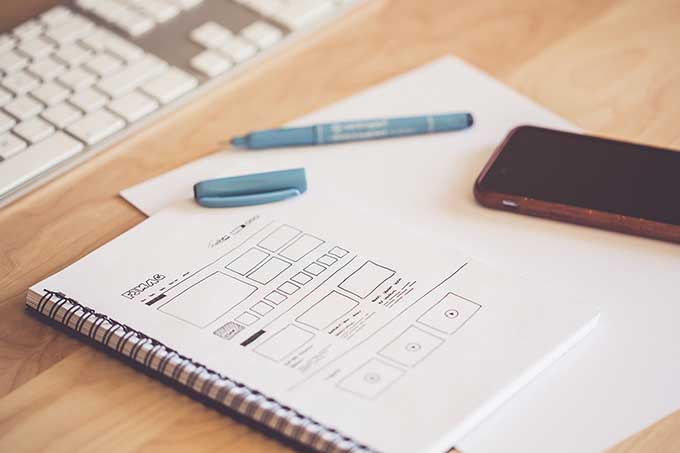Learning Hub | Maintaining Your Website
Web Accessibility – What You Need to Know
March 25, 2019 | Jon Teodoro

When we’re building and designing websites, web developers and UX designers often think about providing the best experience possible to their users. We make sure the colors are right, the information is correct, and the website is easy to navigate. But how many developers and designers are thinking about accessibility?
What is web accessibility?
Web accessibility is the inclusive practice of ensuring that websites are usable by all users, including those with disabilities. Such disabilities can range from visual impairments to motor and auditory impairments, and include blindness, color blindness, difficulty in using the hands (making it difficult to operate a mouse), deafness, and even photo epileptic seizures.
Assistive devices and software for these disabilities include screen readers, braille terminals and keyboards, screen magnification software, speech recognition software, and subtitled or sign language videos for the deaf. But even though there are assistive devices available, it is our responsibility as web developers to ensure that our websites are accessible to as many users as possible.
Legislation
Web accessibility is not only the morally proper thing to do. In many cases, it’s also the legally mandated thing to do as well. Various countries have laws legislating the accessibility of the web. They include Australia, Brazil, the EU, Ireland, Israel, Italy, Norway, the UK, and the US. In many countries, the web is considered a public service, and falls under the respective countries’ laws for disability compliance. In the US specifically, all federal agencies’ electronic and information technology must be accessible to those with disabilities.
According to the W3C (World Wide Web Consortium), these are the essential components of web accessibility that work together to ensure a website is accessible to people with disabilities:
- Content – the information in a web page or web application, including:
- natural information such as text, images, and sounds
- code or markup that defines structure, presentation, etc.
- Web browsers, media players, and other “user agents”
- Assistive technology, in some cases – screen readers, alternative keyboards, switches, scanning software, etc.
- Users’ knowledge, experiences, and in some cases, adaptive strategies using the web
- Developers – designers, coders, authors, etc., including developers with disabilities and users who contribute content
- Authoring tools – software that creates websites
- Evaluation tools – web accessibility evaluation tools, HTML validators, CSS validators, etc.
Evaluation Tools
The W3C provides a comprehensive list of evaluation tools here, but here are a few to get you started:
Check your code against the W3C validator. Semantic markup is the first step in making sure your website is accessible. Screen readers and other software can have trouble navigating a website that uses invalid markup. You can also validate your CSS.
Appropriate color contrasting is important for those with visual disabilities, especially people with color blindness. You can check your website for color contrast using the A11Y validator. The A11Y is a community project dedicated to making the web more accessible. They also have a handy checklist against which you can compare your markup and content.
WAI-ARIA (Web Accessibility Initiative – Accessible Rich Internet Applications) is a specification that specifies how to increase the accessibility of pages with dynamic content and interactive components. WAI-ARIA is not a replacement for semantic markup, and should only be used when semantic HTML is not enough to tell the browser and screen readers what is going on with a web page.
Does my website need to be accessible?
As stated earlier, all websites should be made as accessible as possible for as many users as possible. That being said, making a website that is in full compliance with standards can be a daunting process. Do your best with the resources mentioned above, and check your local laws for guidelines on your legal responsibilities in regards to accessibility.
Get help
Need help making your website accessible? Contact Verde Media today for a consultation.
